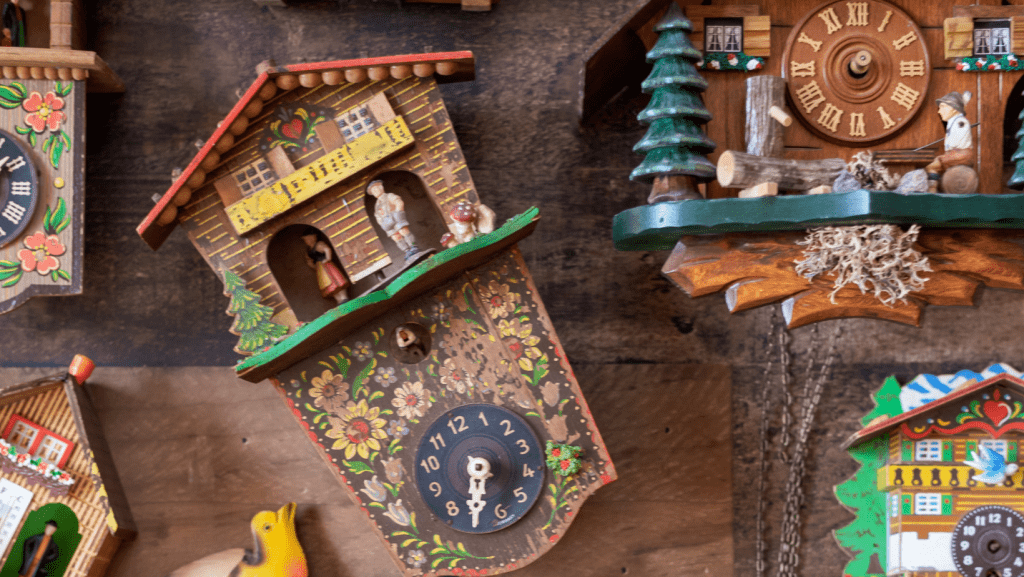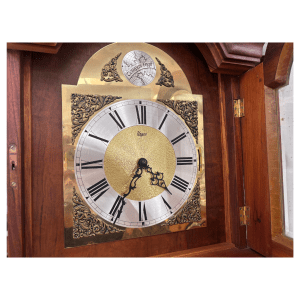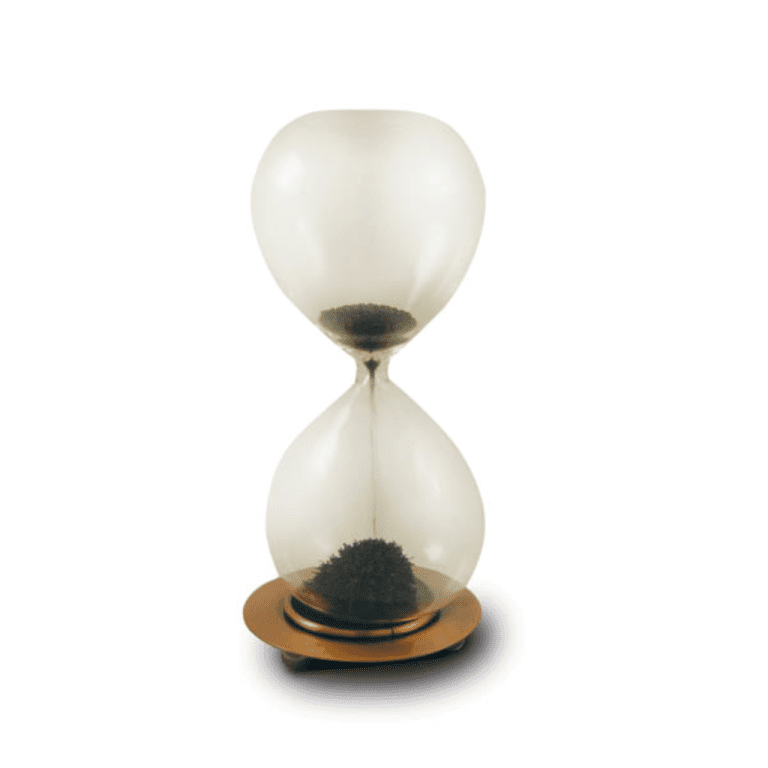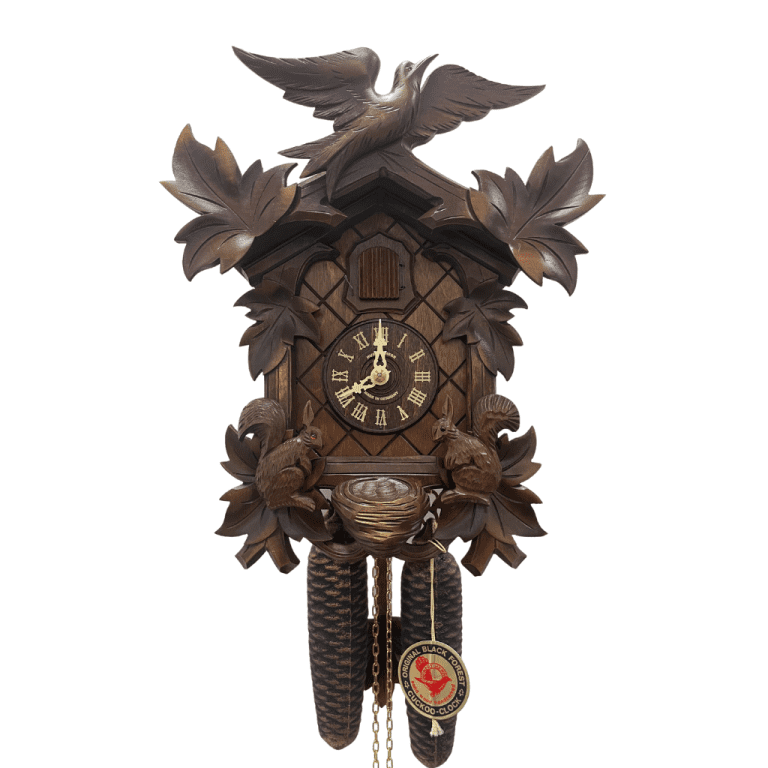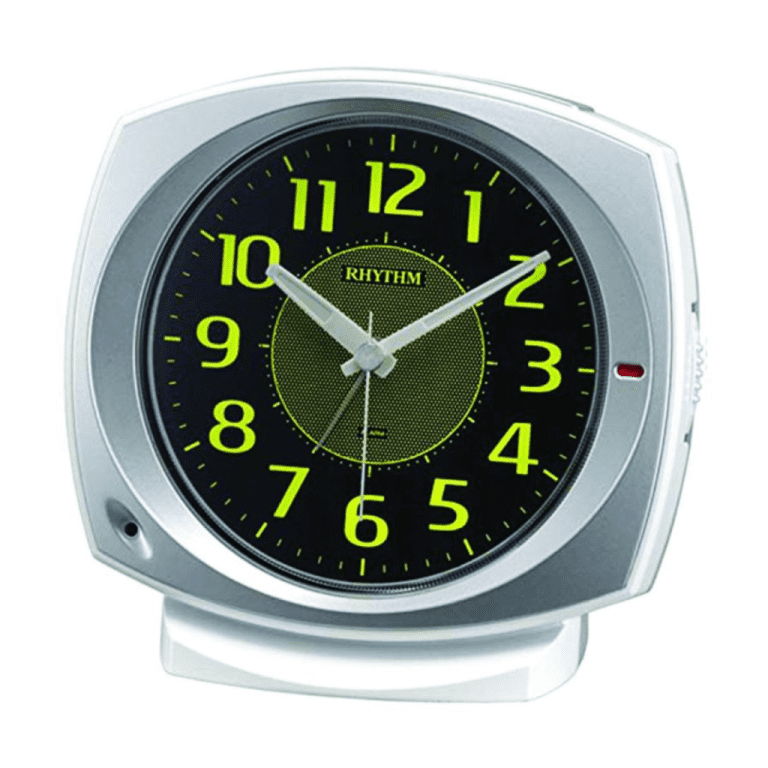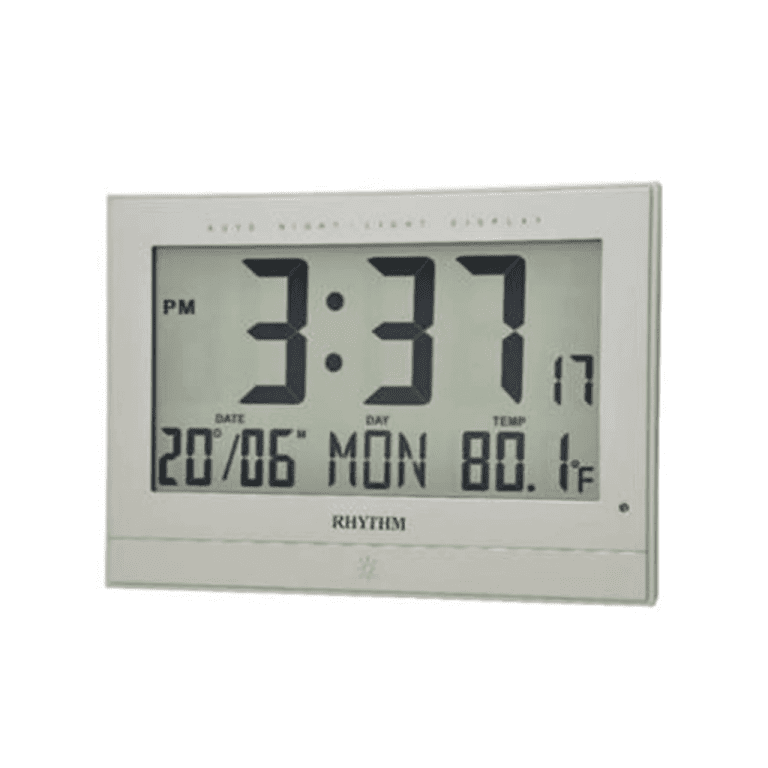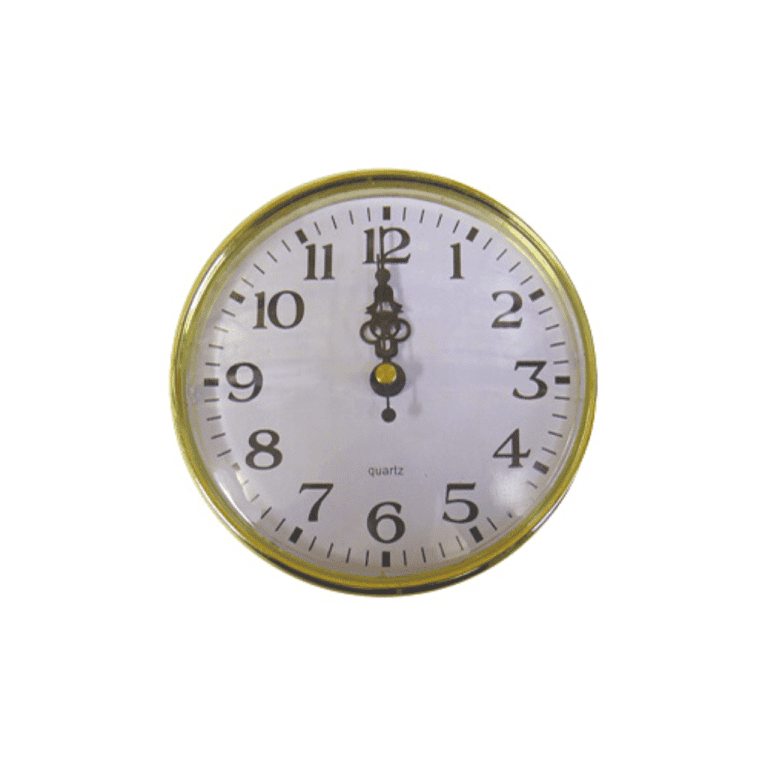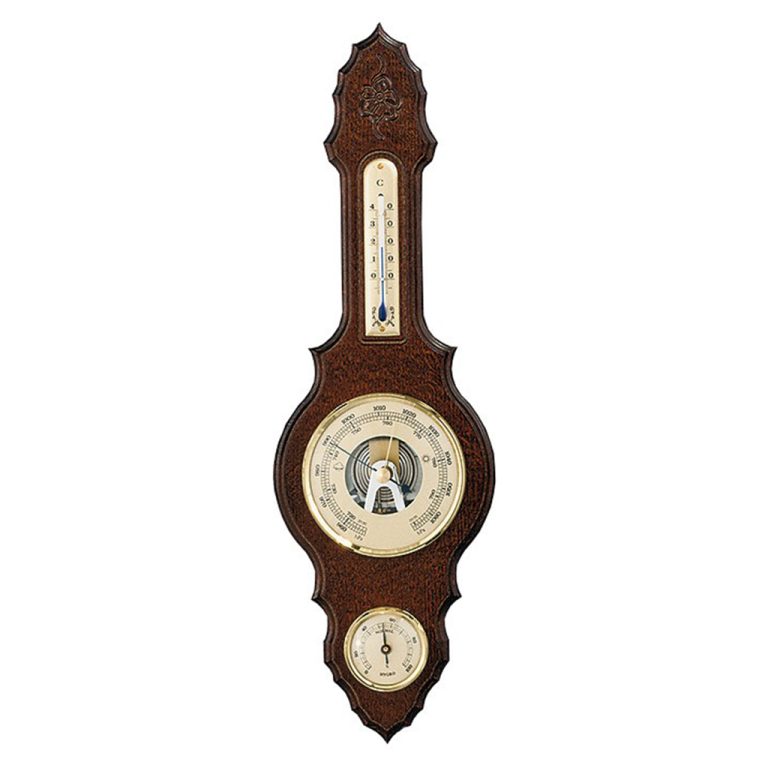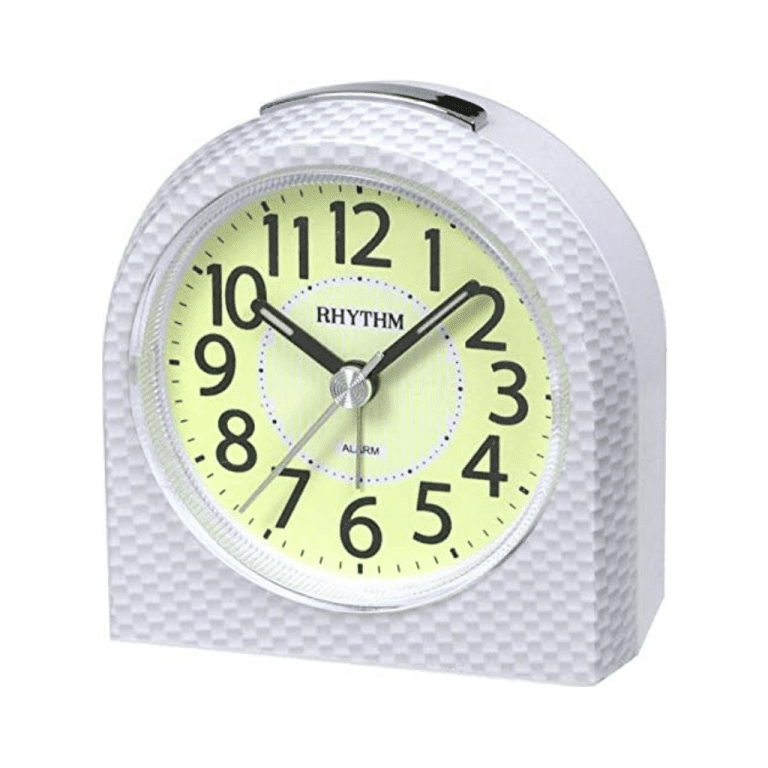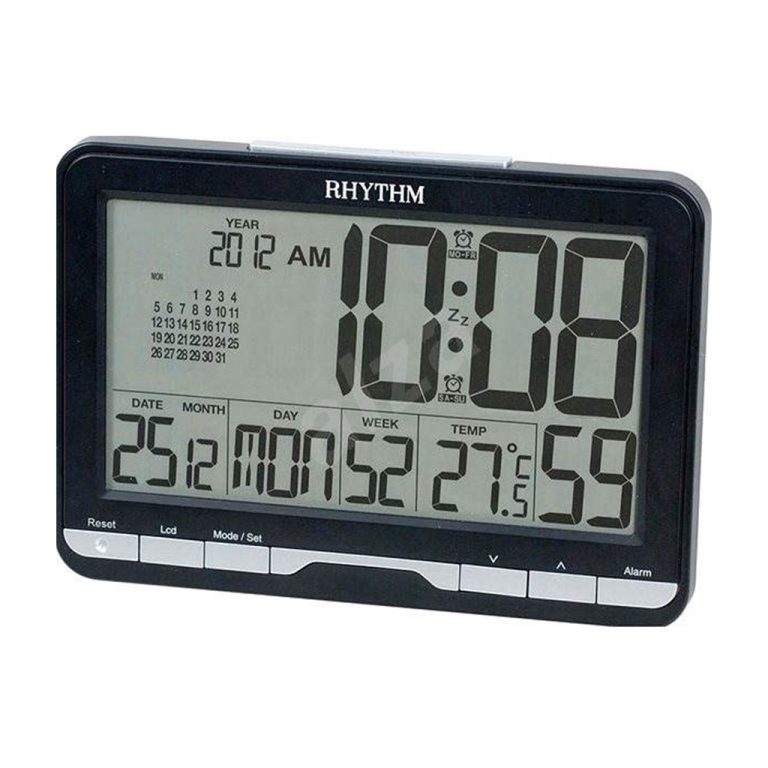Depending on what type of cuckoo clock you own, the process of fixing it can vary as they are all built uniquely from one another. However, this doesn’t mean it is impossible to get it functioning once again and filling your home with charm. Here is a list of troubleshooting tips aimed at helping to repair your cuckoo clock and protect it against failure in the future.
Examining the Location of Your Clock
The positioning of any cuckoo clock will have an impact on its overall efficiency, long-term durability, and reliance. Be sure to avoid placing the clock near any open windows, fans, doorways, or heating vents, as doing so may result in it ceasing to function periodically due to drafts and temperature fluctuations. Try to set it up in a part of your home free of these features, and it will be less susceptible to failure. Before attempting any repairs, try moving your clock to a more appropriate space and see if there is any change in functionality.
Moving the Minute Hand and Checking the Weights
If your cuckoo clock still doesn’t run, then it’s time to move the minute hand. Set it back by half an hour, then immediately move it forward to the hour and allow for it to cuckoo. Afterward, set the pendulum so it swings again. In the event that it still doesn’t run, try carefully and fully winding the weights. You can also check the clock’s chains for any kinks or tangles, as these can contribute to the weights not coming down as designed.
The Shutoff Lever
If your cuckoo clock hangs on a wall and doesn’t function or play a tune from its music box, then it’s time to check the shutoff lever. This is a small metal lever affixed to the side of the clock casing, and it is often set to the “off” position. Simply move the lever to turn the music and cuckoo on and off, and disregard the sticker that is sometimes on the clock telling you which way to move it. These are often incorrectly translated from German, and moving the lever in either direction won’t hurt the clock so long as it is set to one extreme or the other. Only if you set it to the middle will you run into problems.
Identifying Problems by Sound
It’s always a good idea to use your ears to ensure that your cuckoo clock emits an even tick-tock sound. In some cases, tilting the clock slightly to either side can rectify erratically paced sounds. Also, sometimes the sound of the gong may need to be adjusted. In order to do this, look through the hole on the clock’s rear access door, and carefully bend the hammer slightly closer or further away. This enables you to effectively tune the clock’s gong sound to a desirable tone. If your clock sounds healthy and even-paced like a metronome, then it probably is in good working order.
A cuckoo clock is a wonderfully charming addition to any home, and it’s easier than ever to maintain them and fix common issues. By following these tips and examining where your clock is positioned, it may require little to no time to get it in working order once again.
Credited to:frankenmuthclock

